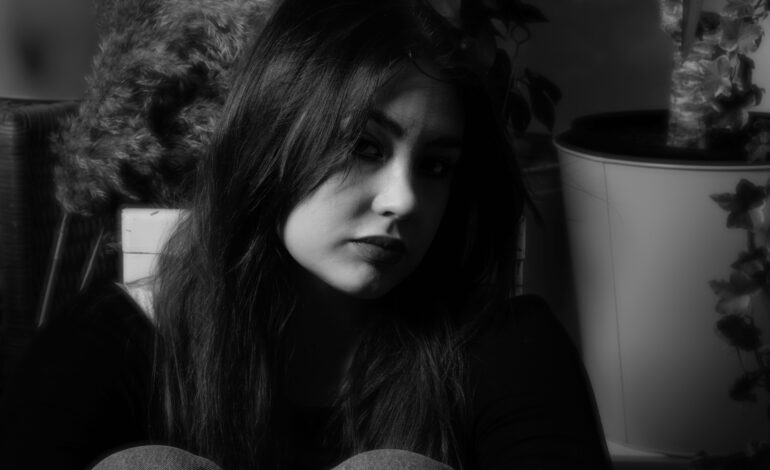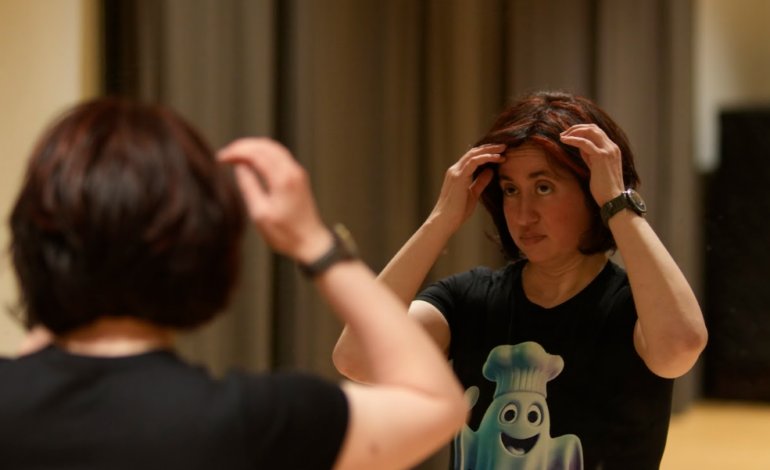In a music landscape that often prizes volume over vulnerability, som som is carving out a quieter, deeper space—one where introspection meets genre-blending creativity. With their latest single “Seasonal Depression,” the artist taps into a recurring emotional rhythm that resonates far beyond the winter months. It’s not just about cold weather and gray skies—it’s about those internal loops we all get stuck in and the art of making sense of them through sound.
We sat down with som som to talk about the inspiration behind their new track, how they balance melancholic themes with uplifting melodies, and why “indie for introverts” isn’t just a tagline—it’s a mission. From their early Radiohead obsession to experimenting with textures and tones, som som opens up about the evolving creative journey and what listeners can expect next in 2025.
Can you tell us about the inspiration behind your latest single, “Seasonal Depression”?
I wrote Seasonal Depression right in the middle of winter, so there’s definitely a literal layer to it. But it’s really more about the recurring emotional lows I’ve gone through over the past couple of seasons. It captures that feeling of being stuck in a loop—mentally, emotionally, seasonally—and trying to find a way out or at least make sense of it.
How would you describe your sound to someone who’s never heard your music before?
My motto is “indie for introverts.” I think it sums up my music both sonically and lyrically. The sound always starts from some corner of the indie spectrum—sometimes leaning poppier, other times more rock-oriented—and the lyrics are usually quite introspective.
Your music blends indie pop, rock, and dream pop. How do you decide on the specific genres you want to explore in a new track?
I like to experiment with different textures and see what fits naturally, rather than aiming for a specific genre from the start. It’s a mix of instinct and exploration—some choices are intentional, but a lot of it comes down to what just feels right in the moment.
You’ve been open about the personal themes in your music. How do you balance vulnerability with your desire for creative freedom?
Embracing vulnerability is creative freedom in my eyes. I try to be open about my personal experiences so that I can channel them into my music. I used to be quite anxious about opening up to people, but now I try to make use of my emotional baggage and turn it into something meaningful.
How does your songwriting process typically unfold? Do you start with lyrics, melodies, or a mix of both?
I often find myself humming melodies and toplines out of the blue—if they spark a certain feeling, I’ll build a song around that tiny idea. Other times, it starts with sound or mood experimentation. I don’t really have a set formula for writing; usually, I don’t even remember how a song came together once it’s done.
Your tracks often evoke both melancholic and uplifting emotions. How do you achieve that balance in your music?
I love playing with contrasts—pairing sad lyrics with upbeat instrumentals or vice versa. It creates this emotional tension that feels very real to me. Life isn’t one-note, and I try to reflect that complexity in my songs. Sometimes it’s the contradiction itself that makes the emotion hit harder.
Who are some of your biggest musical influences, and how do they shape the music you create today?
I used to be obsessed with Radiohead—I know their influence runs deep in how I write, even if it’s not super obvious in my recent work. I also listen to a lot of jazz and experimental music, which inspires me harmonically and texturally. The original indie sleaze era had a big impact on me too, and that vibe is definitely part of my current sound.
How do you feel your music has evolved since you first started producing?
I started producing music 15 years ago, so it’s been a long journey. But launching the som som project was the biggest leap—I hadn’t really sung on my own tracks before that, so learning how to produce my voice was a challenge. I also love producing for other people; getting inside someone else’s creative world and helping elevate their vision is one of the best parts of making music.
The themes in “Seasonal Depression” deal with emotional struggles and healing. Do you think music is a form of therapy for both you and your listeners?
Absolutely. Writing music helps me process what I’m going through, and I think listeners can find their own meaning in those emotions. Even though the experiences are personal, the feelings are usually universal. If someone connects with something I’ve written, that shared understanding becomes therapeutic in its own way.
What’s next for you in 2025? Are there any upcoming projects or collaborations we can look forward to?
There’s a new song coming out before summer, and it’s going to be a bit of a genre shift from the previous singles. I’ve also been working on a bunch of ideas behind the scenes—some visual, some collaborative. I’m excited to explore new formats and see where the year takes me.


